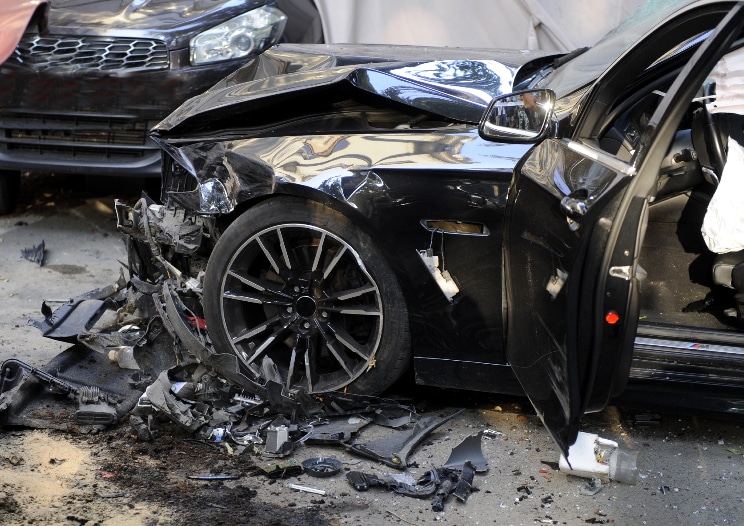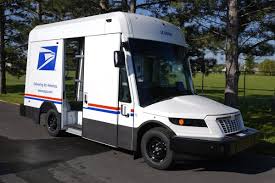
- How to Avoid Car Accidents: Essential Tips for Staying Safe on the Road
- Use Advanced Driver Assistance Systems (ADAS)
How to Avoid Car Accidents: Essential Tips for Staying Safe on the Road
Driving is a necessary part of modern life, but it comes with significant risks. According to the World Health Organization, over 1.3 million people die in road traffic accidents each year, with millions more injured. While we can’t control every variable on the road, adopting proactive safety habits can greatly reduce the likelihood of being involved in a car accident. In this post, we’ll explore various strategies to help you stay safe and avoid accidents while driving.
Practice Defensive Driving
Defensive driving is about being aware of potential hazards and reacting in a way that avoids accidents. By staying alert and anticipating the actions of other drivers, you can make quick decisions to protect yourself.
- Keep a Safe Distance: Always maintain a sufficient gap between your vehicle and the car in front of you. This gives you ample time to react if the driver ahead suddenly stops or slows down.
- Scan the Road Ahead: Constantly scan your surroundings for potential hazards, including other vehicles, pedestrians, and animals. Look ahead several seconds beyond your immediate view.
- Be Prepared for Unexpected Actions: Drivers can be unpredictable, so prepare for sudden stops, lane changes, or turns without warning.
- Yield the Right of Way: Even if you have the right of way, it’s better to be cautious and let aggressive or distracted drivers pass, reducing the risk of an accident.
Avoid Distracted Driving
Distracted driving is one of the leading causes of car accidents. It’s essential to stay focused on the road and avoid distractions that take your attention away from driving.
- Put Away Your Phone: Texting, calling, or using social media while driving is extremely dangerous. Use hands-free devices if you must make a call, or pull over safely to handle urgent communications.
- Limit In-Car Distractions: Activities like adjusting the radio, eating, or talking to passengers can divert your attention from driving. Try to minimize these distractions while on the road.
- Use Navigation Safely: If you need to use GPS, set your destination before starting your trip and rely on voice directions rather than constantly looking at the screen.
Obey Traffic Signals and Signs
Adhering to traffic signals and road signs may seem basic, but it’s crucial for preventing accidents. Traffic regulations are in place for a reason—to maintain order and safety on the roads.
- Follow Speed Limits: Speed limits are designed to reflect safe driving speeds for different types of roads. Driving too fast reduces your ability to stop quickly and increases the severity of any accident that occurs.
- Stop at Red Lights and Stop Signs: Always come to a complete stop at intersections and proceed only when it’s safe. Running stop signs and red lights is a leading cause of accidents, particularly at intersections.
- Yield and Merge Safely: When entering a roadway or changing lanes, always yield to oncoming traffic. Use your mirrors and check blind spots to ensure it’s safe to proceed.
Maintain Your Vehicle
Proper vehicle maintenance is vital for avoiding accidents. A well-maintained car responds better and helps you avoid mechanical failures that could lead to a car accident.
- Check Your Tires Regularly: Ensure that your tires are properly inflated and have sufficient tread. Poor tire condition can lead to blowouts, loss of control, and accidents, particularly in bad weather.
- Keep Your Brakes in Good Condition: Faulty brakes can make it difficult to stop in time, especially in emergency situations. Regularly check your brake pads and fluid levels to ensure your brakes are functioning correctly.
- Monitor Your Lights: Your headlights, brake lights, and turn signals are critical for visibility and communication with other drivers. Replace any burnt-out bulbs immediately.
- Schedule Routine Maintenance: Regular oil changes, engine checks, and fluid refills keep your car running smoothly and can prevent breakdowns that might lead to accidents.
Be Mindful of Weather Conditions
Adverse weather conditions, such as rain, snow, fog, and ice, can significantly increase the risk of accidents. Adjust your driving style to match the weather. It is always best practice to be safe than sorry when it comes to a car accident.
- Slow Down in Bad Weather: Rain, snow, and fog reduce visibility and make roads slippery. Reduce your speed to ensure you have more control over your vehicle in these conditions.
- Increase Following Distance: Wet or icy roads increase stopping distances, so maintain extra space between you and the car in front to avoid rear-end collisions.
- Use Lights Appropriately: In foggy or rainy conditions, use low-beam headlights to improve your visibility without blinding other drivers. Avoid using high beams in fog, as they can reflect off the moisture and impair visibility further.
- Avoid Driving in Severe Weather: If possible, avoid driving during extreme weather conditions like heavy snowstorms or hurricanes. If driving is unavoidable, take extra precautions and drive slowly.
Don’t Drive Under the Influence
Driving under the influence of alcohol or drugs impairs your reaction time, judgment, and coordination, drastically increasing the likelihood of a car accident.
- Plan Ahead: If you know you’ll be drinking, make arrangements for a designated driver, use a ride-sharing service, or take public transportation.
- Medications Matter: Some prescription and over-the-counter medications can impair your driving ability. Always read labels and warnings, and avoid driving if a medication causes drowsiness or impairs your focus.
- Don’t Rely on “Sobering Up”: Time is the only thing that can reduce the effects of alcohol. Coffee or a cold shower won’t make you sober enough to drive safely.
Stay Calm and Avoid Aggressive Driving
Road rage and aggressive driving behaviors are common causes of preventable car accidents. Staying calm and composed can help you avoid confrontations and dangerous driving situations.
- Don’t Engage in Hostility: If another driver cuts you off or behaves aggressively, resist the urge to retaliate. Let them pass and maintain a safe distance.
- Avoid Tailgating: Driving too closely behind another car can lead to rear-end collisions, especially if the other driver brakes suddenly. Always leave enough space for a safe stop.
- Respect Other Drivers: Yield when necessary, use turn signals, and avoid weaving in and out of traffic. Courteous driving helps reduce tensions and keeps everyone safer.
Understand and Avoid Common Accident Hotspots
Certain locations, such as intersections, roundabouts, and parking lots, tend to have higher car accident rates due to the complexity of vehicle movements and pedestrian crossings.
- Be Extra Cautious at Intersections: Always scan for pedestrians, cyclists, and other vehicles when entering an intersection. Even when you have the right of way, ensure that cross traffic has fully stopped before proceeding.
- Approach Roundabouts Carefully: Yield to traffic already in the roundabout and avoid last-minute lane changes. Signal your exit to alert other drivers.
- Navigate Parking Lots Slowly: Accidents in parking lots are common due to tight spaces and frequent stopping. Drive slowly and watch for pedestrians and reversing vehicles.
Use Advanced Driver Assistance Systems (ADAS)
Many modern vehicles come equipped with advanced safety features designed to help prevent accidents. These systems can assist in making quick decisions or even take corrective actions to avoid a crash.
- Lane-Keeping Assist: This feature helps prevent lane drifting by gently steering your vehicle back into the correct lane if it detects that you are unintentionally crossing lane markers.
- Forward Collision Warning and Automatic Emergency Braking: These systems can detect an impending collision and automatically apply the brakes to avoid or reduce the impact of a crash.
- Blind Spot Monitoring: Blind spot monitors alert you to vehicles that may be in your blind spots, reducing the risk of side collisions during lane changes.
Conclusion
Car accidents are often preventable by adopting safe driving practices, staying alert, and maintaining your vehicle. Defensive driving, avoiding distractions, and adjusting to road conditions are essential steps in protecting yourself and others on the road. By taking a proactive approach to safety and utilizing modern vehicle technology, you can significantly reduce the likelihood of being involved in a car accident.
Stay safe, be cautious, and always remember: a few extra seconds of precaution can make the difference between a safe drive and a serious car accident.






